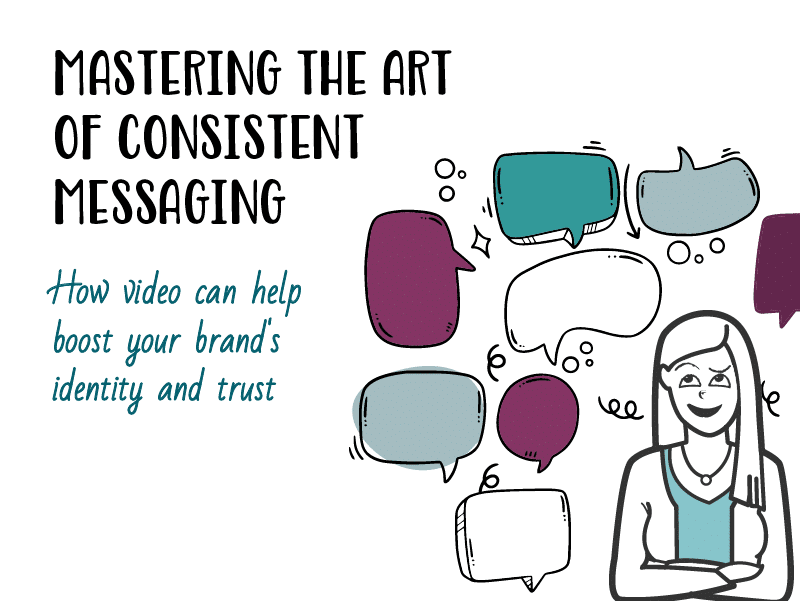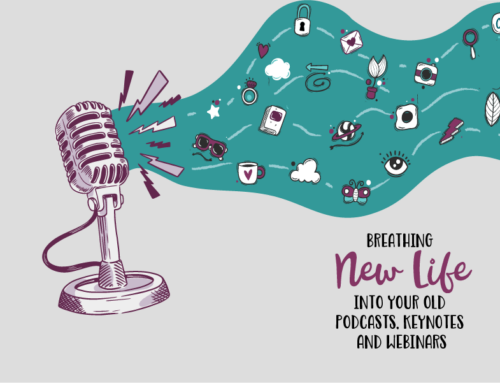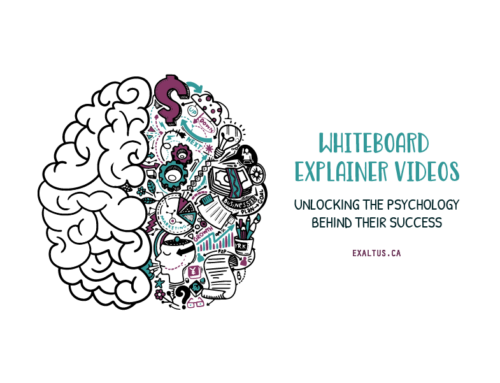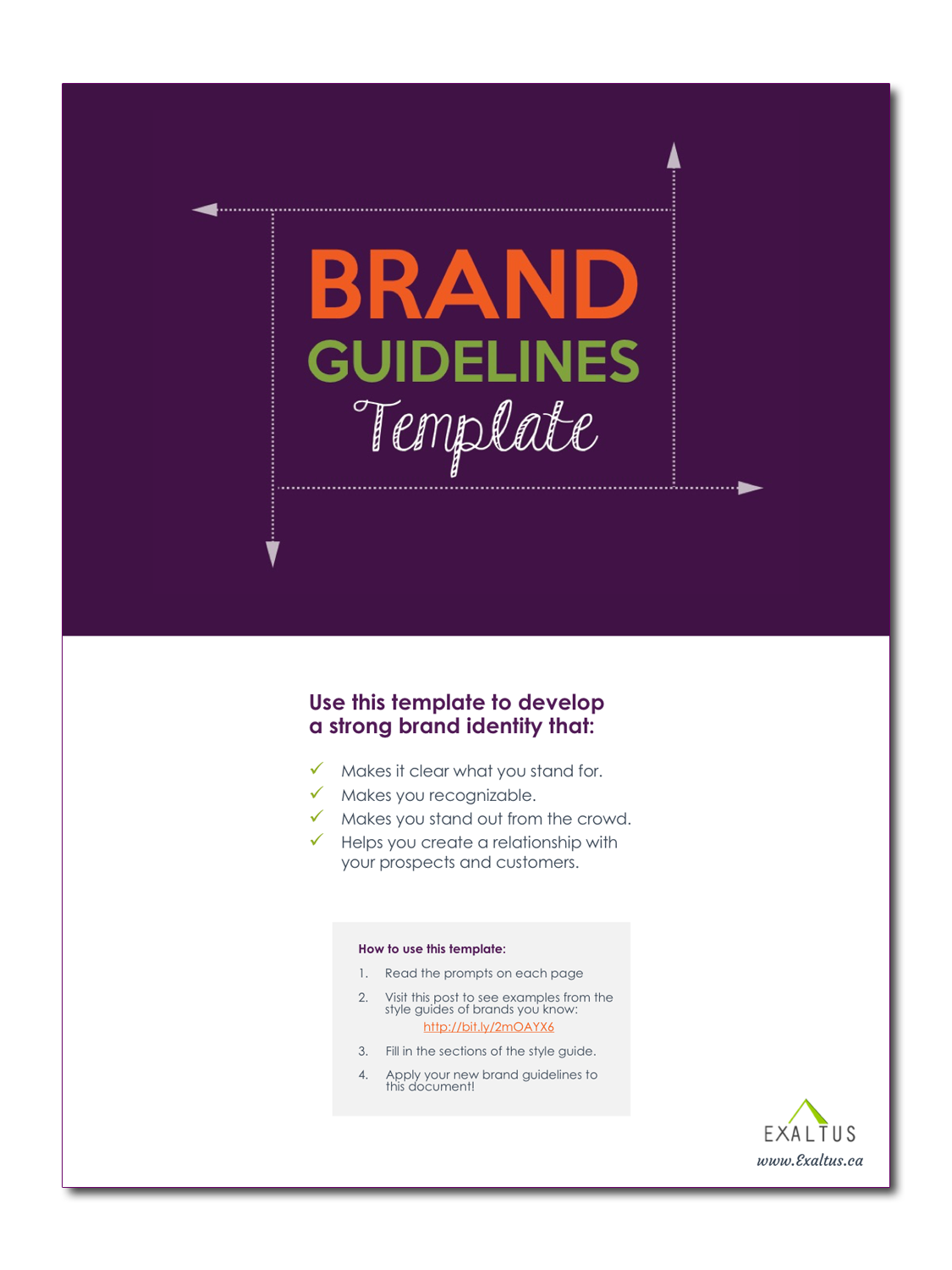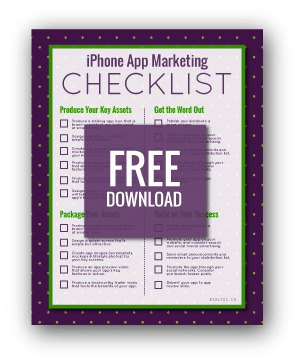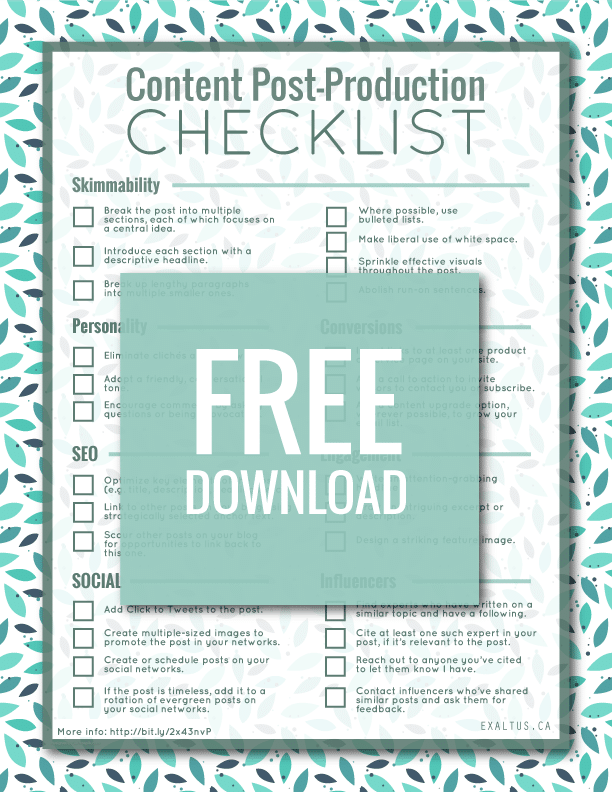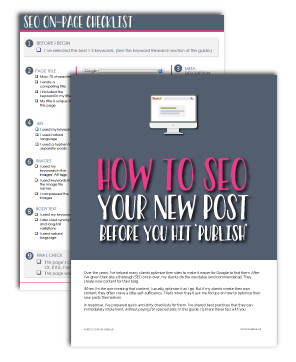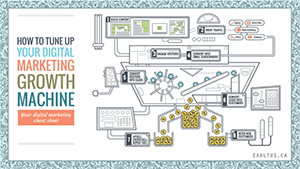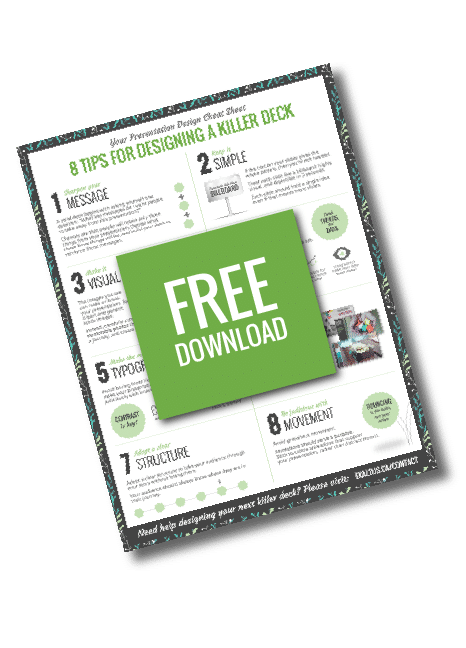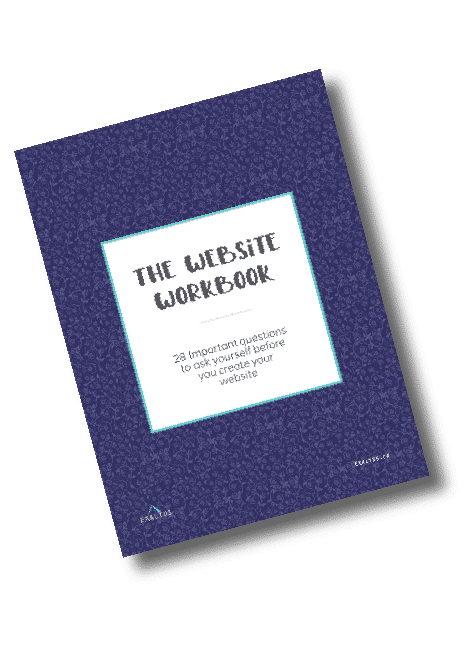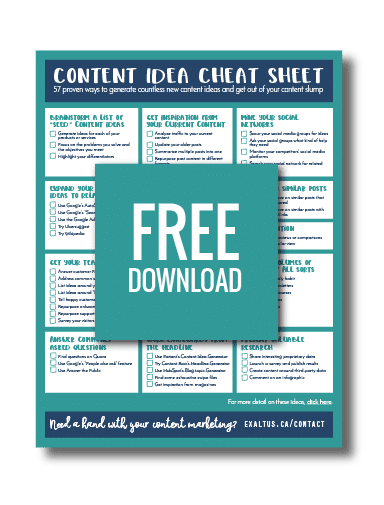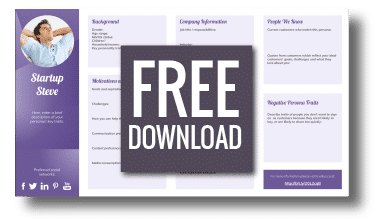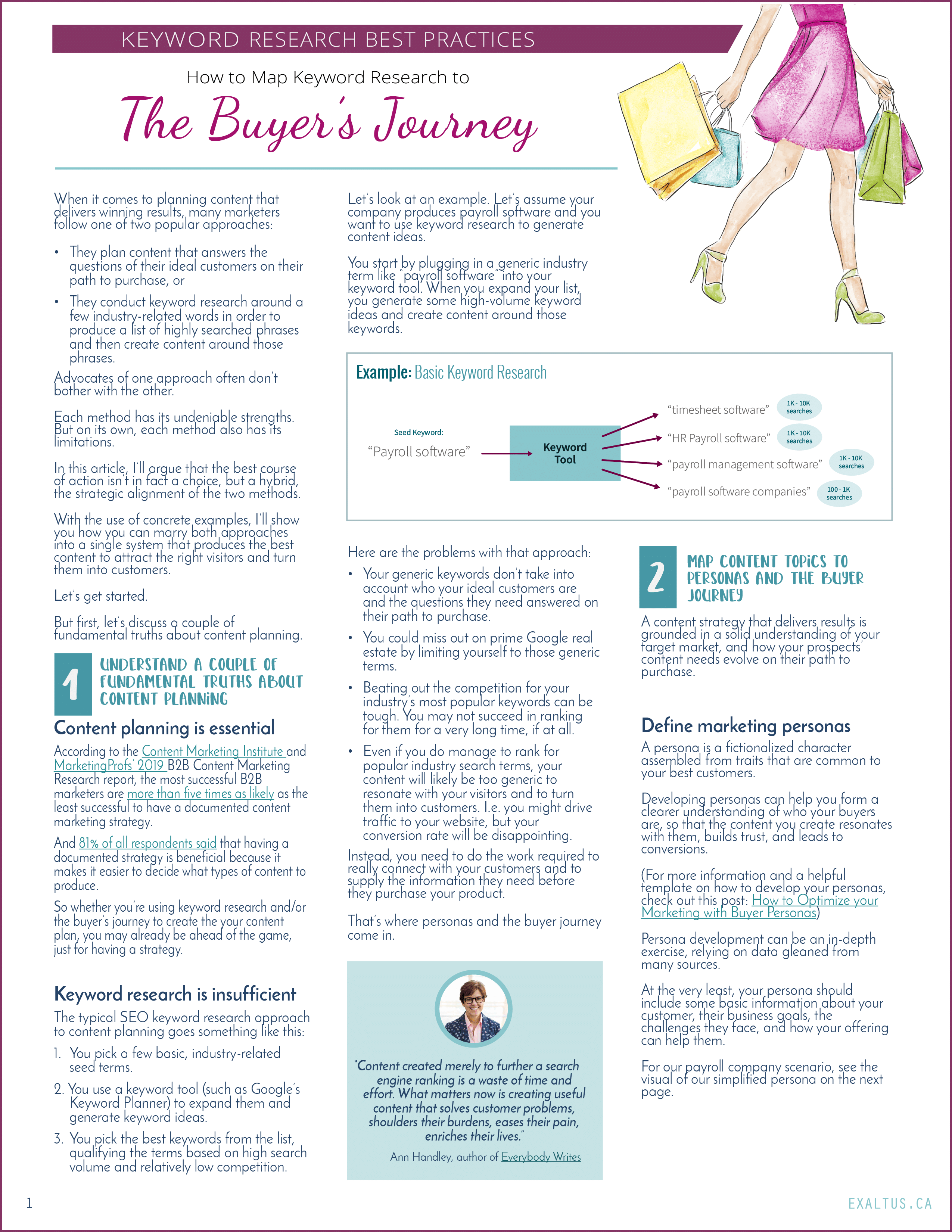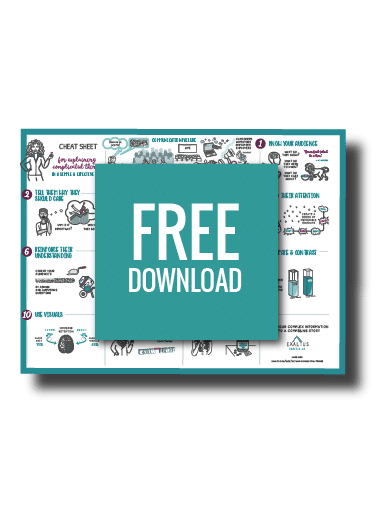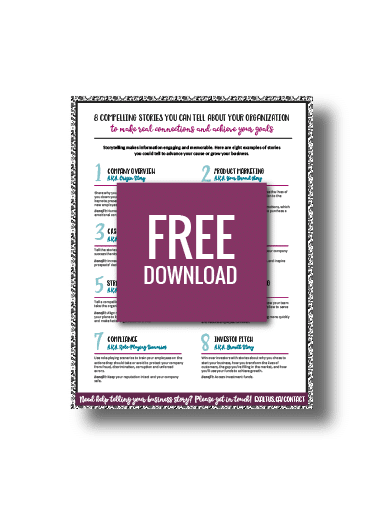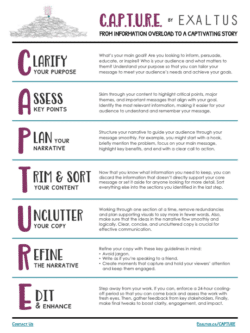Picture this: you’re at a restaurant and you ask two different waiters the same question. One gives you a completely different answer than the other. Frustrating, right? The same principle applies to your brand’s messaging. Inconsistencies can lead to confusion and mistrust among your audience.
Message consistency means that you’re delivering it in the same tone, voice, and style across all channels and touchpoints. That includes your website, social media, email marketing, advertising, sales meetings or customer service interactions.
The importance of message consistency
Customers prefer brands that deliver on the promises and commitments they made in their marketing campaigns.
By establishing a consistent message that resonates with your brand’s purpose and encouraging your team to follow suit, you can cultivate long-lasting relationships with customers.
Here are some other benefits of maintaining a consistent message:
- Foster trust among customers. Customers expect to receive the same level of quality and consistency from all employees when they encounter a brand. By ensuring that everyone delivers the same promises and values, you build trust and strengthen the relationship between your organization and its customers.
- Increase brand visibility. By sharing similar messages across multiple platforms, your brand will receive greater exposure to a wider audience. This increased visibility can lead to more potential customers recognizing your brand’s voice and image, and deciding to give it a try.
- Enhance brand recall. Message consistency across various channels helps customers remember your brand more easily. For example, they may associate certain colours, slogans, or brand voices with your company, making it more noticeable and memorable compared to your competitors.
Best practices for message consistency
- Develop a clear brand identity. Before you can establish consistent messaging, you need to have a clear brand identity that includes your mission, vision, values, and unique selling proposition. Your messaging should be aligned with your brand identity and communicate your core values and offerings.
- Identify key messages. Collaborate with your teams to establish the core values or key messages you want to consistently convey to your audience. This helps customers understand what your company prioritizes and gives employees clear objectives to work toward when promoting or selling products.
- Create messaging guidelines. Develop messaging guidelines that include your brand voice, tone, style, and key messages. These guidelines should be shared with everyone in your organization who creates or communicates content to ensure message consistency.
- Use a content calendar. Plan your content in advance using a content calendar. Ensure that your messaging is consistent across all channels and touchpoints. This helps you to avoid overlapping messages, inconsistencies, or gaps in your messaging.
- Train your team. Educate your team on your messaging guidelines and ensure that they understand how to apply them consistently. Provide regular training and feedback to reinforce the importance of message consistency. Invite executives, managers, and team members to these sessions to ensure everyone understands the guidelines and can communicate them effectively to others.
- Review and update regularly. Continuously review and update your messaging guidelines to ensure they are relevant and effective. This ensures that your messaging remains consistent with your brand identity and reflects changes in your business or industry.
By implementing these best practices, you can establish a consistent messaging strategy that helps to build trust and credibility with your audience and reinforces your marketing stories.
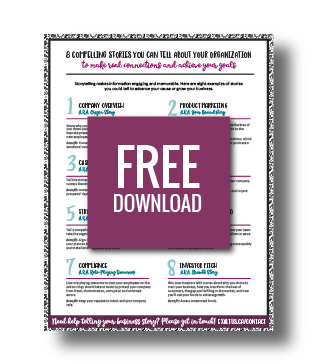
Create an emotional connection with your key stakeholders
Find out which eight organizational stories you can tell to emotionally connect with your key stakeholders, inspire them, and motivate them to act.
The essential role of video
Videos are a powerful tool for ensuring consistent communication because they allow you to convey your message in a visual and auditory format that can be easily understood by your audience.
Video Ensures Message Consistency Across All Your Channels
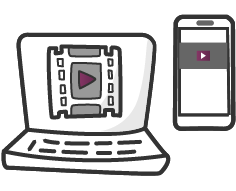
On your Website or App

In Your Presentations

In Your Training & Onboarding

On Social Media

At Events

In Your Email Marketing
Here are some reasons why videos are helpful for ensuring consistent communication:
- Standardization. Videos allow you to standardize your message across all channels and touchpoints. By creating a video that communicates your message, you can ensure that everyone who views it receives the same information in the same way.
- Visual appeal. Videos are more engaging than text-based content. They provide an auditory and visual communication experience that can capture your audience’s attention and keep them engaged. This makes it more likely that your message will be understood and remembered.
- Personality and tone. Videos allow you to convey your brand’s personality and tone more effectively than other types of content. You can use visuals, music, and voiceovers to create a mood or atmosphere that reinforces your brand identity and values.
- Repurposing. Videos can be repurposed across multiple channels and touchpoints, such as your website, social media, email marketing, or customer service interactions. This ensures that your message remains consistent and easily accessible to your audience.
- Accessibility. Videos are accessible to a broad range of audiences, including those with visual or cognitive disabilities. By providing video content, you can ensure that everyone has access to your message and that it is communicated in a way that is inclusive and equitable.
It can be challenging for organizations to keep everything in sync. But you can play a crucial role in promoting message consistency and bridging the gap, especially when you embrace video.
While it may not be an immediate change, moving towards complementary and coordinated messaging can provide significant benefits for companies in the long run.
And in terms of video, there are significant benefits to whiteboard animation. In fact, our whiteboard animation has been statistically proven to increase viewers’ knowledge, confidence and motivation to act.
Exaltus can help
If you need some help identifying your key message and communicating them consistently across your channels with one of our innovative whiteboard videos, contact us today to book your free consultation, and be sure to check out more of the whiteboard animation examples in our portfolio. And if you enjoyed this post, sign up to our email list to receive your next one, right in your inbox!

